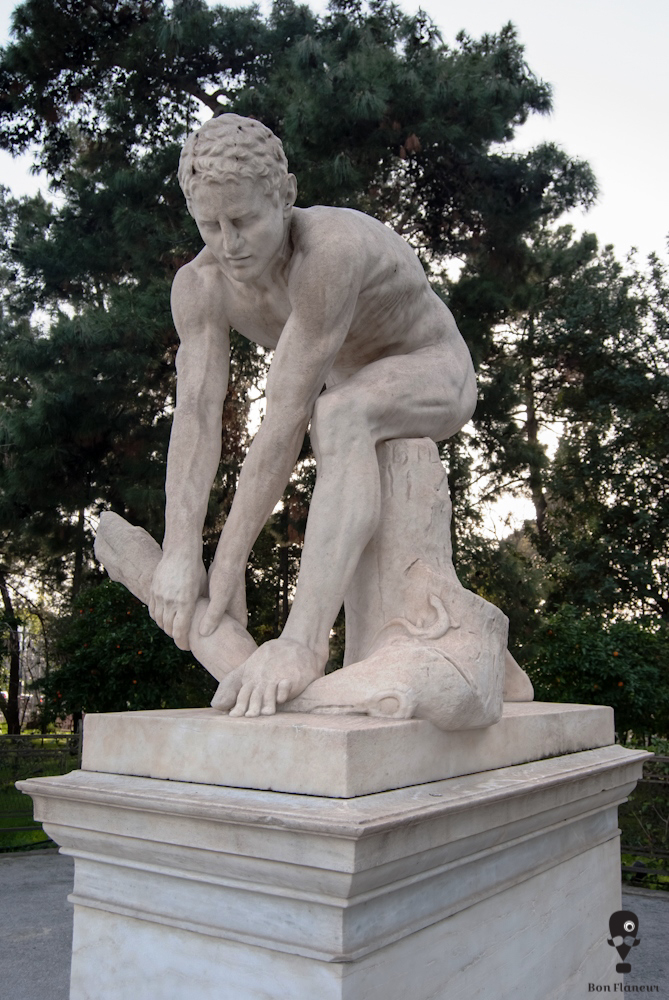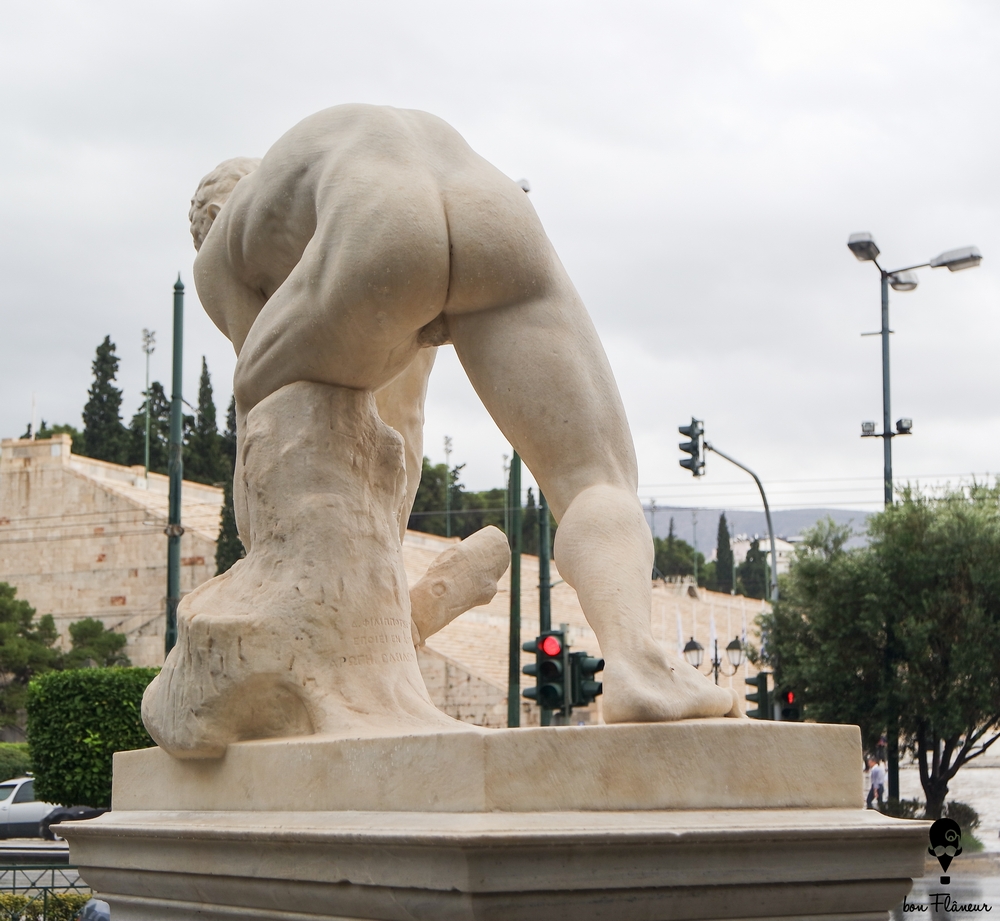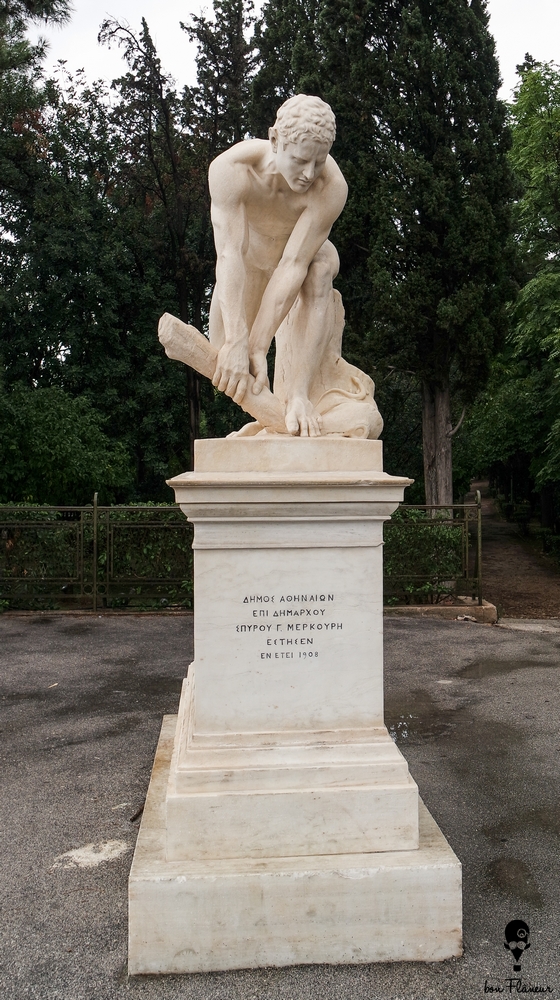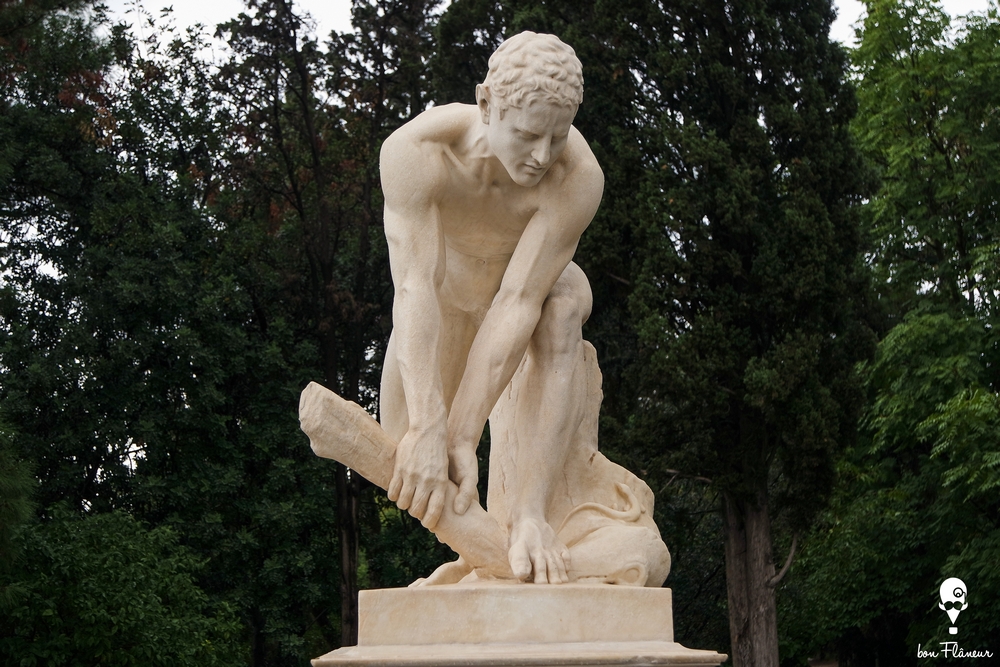The Wood Breaker
The Wood Breaker is a full-body marble sculpture of a man in the nude.
Location
Timeline
Modern and Contemporary era (1821 - )
1872 The sculptor begins to fashion the master, which was completed in two years.
1875 Presentation of the plaster master at Olympia.
1902 Presentation of the marble statue.
1910 The statue is vandalized painted with red colour.
1912 The statue is mutilated.
1914 The statue is attacked with stones.
1997 Year of the most recent conservation attempt by the Antiquity Conservation Department of the Ministry of Culture.







Share